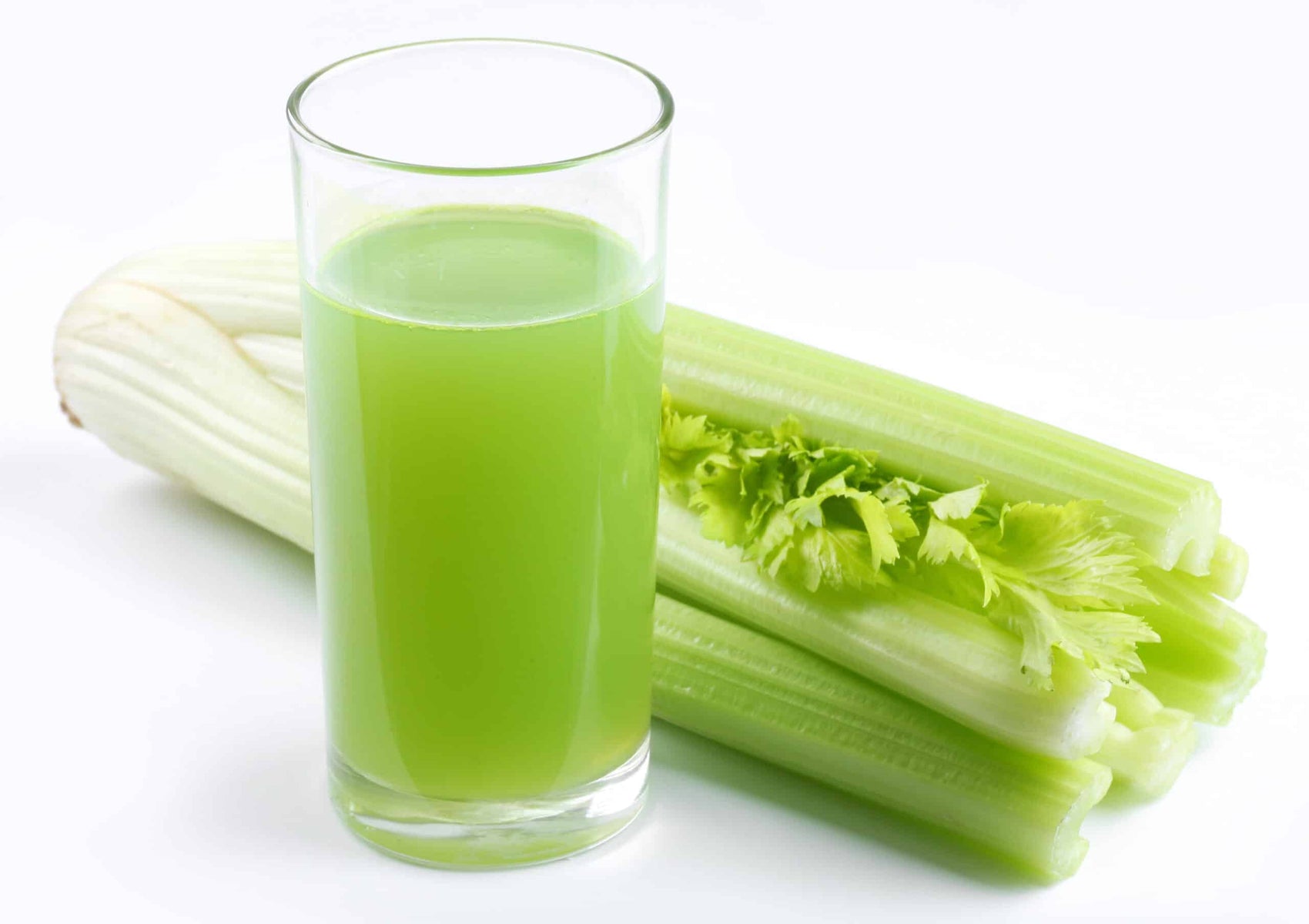5 Foods to Lower Bad Cholesterol Naturally
Dr LivingoodShare

Maintaining healthy cholesterol levels is crucial for reducing the risk of cardiovascular issues.
While medications like statins can help manage cholesterol, making dietary changes is often the first line of defense. Incorporating certain foods into your diet can naturally lower LDL (bad) cholesterol and improve overall cholesterol numbers.
Here are five top foods to help you do just that!
Garlic

Garlic is a potent superfood when it comes to cholesterol management.
Studies show that garlic can effectively support blood pressure in those with elevated levels, as well as reduce total and LDL cholesterol.
The key compound is allicin, a sulfur compound with antioxidant properties.
This contributes to garlic not just acting as a great antioxidant, but a great immune booster. Garlic has been found to reduce colds and flu symptoms- especially when roasted or aged!
Fibrous Foods

Dietary fiber plays a crucial role in reducing cholesterol absorption from foods. Beans and dark leafy green vegetables are excellent sources of soluble fiber that can bind to bile acids and promote their excretion from the body.
This process forces the liver to use up more cholesterol to create new bile acids, effectively supporting overall cholesterol levels.
Beta-glucans, a type of soluble fiber found in oats, are particularly effective in this regard.
Avocados

These creamy fruits are a cholesterol-lowering powerhouse.
A study found that overweight and obese adults with high LDL levels who consumed one avocado daily experienced a significant reduction in their LDL cholesterol compared to those who didn’t eat avocados.
Avocados are rich in monounsaturated fatty acids, which can help support LDL while raising HDL (good) cholesterol.
They’re also an excellent source of fiber and antioxidants, making them a heart-healthy addition to any diet. Whether in a dressing, guacamole or just on its own- eat and enjoy!
Fatty Fish

Fatty fish like salmon, mackerel, and sardines are among the best sources of omega-3 fatty acids, which are proven to increase HDL cholesterol levels.
Consuming fish twice a week or a form of liquid omegas from seafood sources can provide these beneficial effects.
Omega-3s also help thin the blood, support discomfort, and keep platelets from sticking together — all factors that contribute to improved cardiovascular health.
NOT Carbs…

The final key? What not to eat.
While not a single food, following an overall clean, low-carbohydrate eating pattern coupled with intermittent fasting can have a profound impact on cholesterol markers.
This approach supports triglycerides, increases HDL, reduces small LDL particle size, and supports discomfort (measured by C-reactive protein).
By restricting carbs and timing eating periods, you can reverse insulin resistance, fatty liver, and other metabolic issues that contribute to dyslipidemia.
The Takeaway?
Incorporating these five cholesterol-lowering foods and strategies into your lifestyle can go a long way in optimizing your cholesterol profile and promoting better heart health. Lower cholesterol is possible, especially when combined with regular exercise, stress management, and mindful lifestyle changes.
Take control of your bad cholesterol, the natural way!
Share
Related Articles
Most Popular
-
The 5 Amazing Benefits of Omega-3s
August 13, 2024 -
Healing Your ‘Second Brain’: The Path to a Healthier Gut
August 13, 2024








